Fujikura Ventus TR Shaft
The Fujikura Ventus TR is the new mid-launch, low-spin addition to the Ventus family. Fujikura utilized their proprietary enso analytics to identify that many players had the need to increase “torsional stiffness” in the mid and handle sections of the golf shaft. Building off of the successful Ventus with VeloCore platform, Fujikura added new materials that increased stability in these two areas of the shaft without sacrificing the sweet feel that’s become synonymous with the Ventus name.
The Looks
At first glance, the Fujikura Ventus TR falls right in line with the distinct looks of the Ventus family. However, a closer look will reveal a rich blue sparkle base coat that absolutely pops in the sunlight. That blue finish fades into black as the shaft disappears under the installed grip of your choice. You’ll find the new gold TR graphic right next to the Ventus wordmark. Let’s not forget the signature Ventus “band” wrapping around the mid section of the shaft.
Speaking of the Ventus band, the Spread Tow fabric used to achieve more stability in the mid and handle sections is visible when you look closely. This carbon fabric creates an interesting visual texture on an otherwise smooth finish.
One last point worth noting here is that Fujikura uses their proprietary “Phantium Finish” which is a lightweight paint technique that saves weight in the shaft. This enables Fujikura to control the balance and profile of the shaft with more precision.
How Does it Feel?
From a feel perspective, the Fujikura Ventus TR really does fit right in between the Ventus Blue and Black. Through the use of their proprietary enso analytics, Fujikura was able to identify that there were quite a few players where the grip and mid sections of the Ventus Blue were way too soft, especially during the swing’s transition. However, the Ventus Black was a little too rigid and some players had difficulty activating it to achieve optimal performance.
Fujikura took this data and utilized a new “ultra-lightweight Spread Tow carbon fabric“. The Spread Tow material increases torsional stiffness so the shaft is more stable in the handle and mid sections, but is still lightweight and doesn’t feel boardy. Combine that with the ultra-stable VeloCore and the Ventus TR feels solid and easy to control. That said, there’s plenty of life and response with a really nice “snap” to it. For me, the overall feeling was very tight with a with an active mid kick point that held up to my faster speed and aggressive transition.
On-Course Performance
| Club Speed | Ball Speed | Launch Angle | Spin | Carry (Yds) | Total (Yds) |
|---|---|---|---|---|---|
| 115.7 | 173.5 | 12.7º | 2280 | 288.1 | 313.4 |
A lot of my Fujikura Ventus TR performance experience started with the feel. Like I said, I felt like I could activate the shaft more and it had more life to it. Those feelings translated directly into my shot data. I had a more ideal mid-launch angle that allowed me to pick up carry yards. More importantly, it was easier for me to consistently get the ball in the air with an easily repeatable swing. As you can also see, my spin still stayed low which contributed to more rollout and good control.
Extreme control while having the confidence to just swing away was a major selling point for me in the Ventus TR. My dispersion was impressively tight allowing me to be as aggressive as possible while staying reliably accurate. Of course, if I had to get one up a little higher in the air or knock one down, I was able to do so with ease.
By increasing the torsional stiffness in the mid and handle sections, combined with VeloCore tech, “twisting and ovalization” of the shaft is greatly reduced. “What does that even mean?!” The shaft retains its shape instead of wasting energy trying to return back to ’round’. This makes the shaft more stable and is the reason why it’s so much easier to control. That stability helps deliver the club to the ball the same every time.
Final Thoughts – Fujikura Ventus TR Shaft
The Fujikura Ventus TR is that “Goldilocks option” for players with an aggressive transition that don’t quite have enough for the Ventus Black’s rigidity, but the Blue is just too soft. That’s exactly where I happen to fall within the Ventus product range. While I had some pretty good success at times with the Ventus Black, I had to ALWAYS be on my game and able to really rip the club. If I just don’t have it that day, I’m dead. On the other hand, the Ventus Blue was just too soft and I had trouble controlling it. Now Fujikura has me covered with the Ventus TR’s perfect combination of incredible feel, reliable control, and the right amount of stability for my swing. With the addition of the TR to the lineup, Fujikura has truly rounded out the Ventus family to cover golfers all swing types.

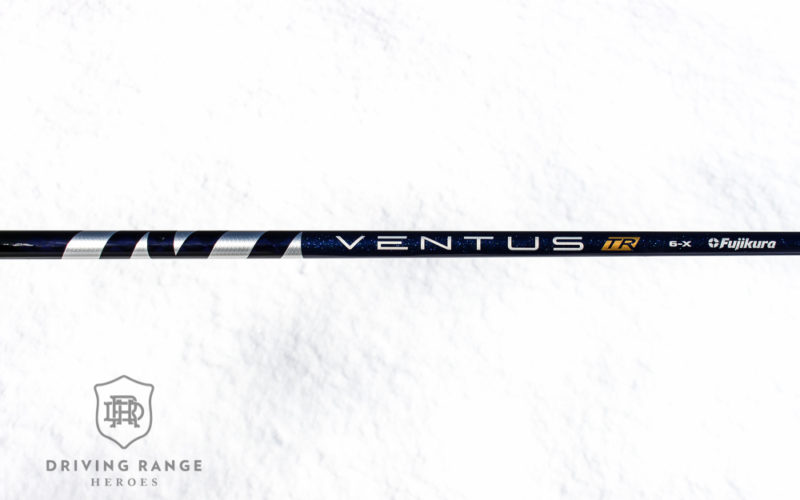

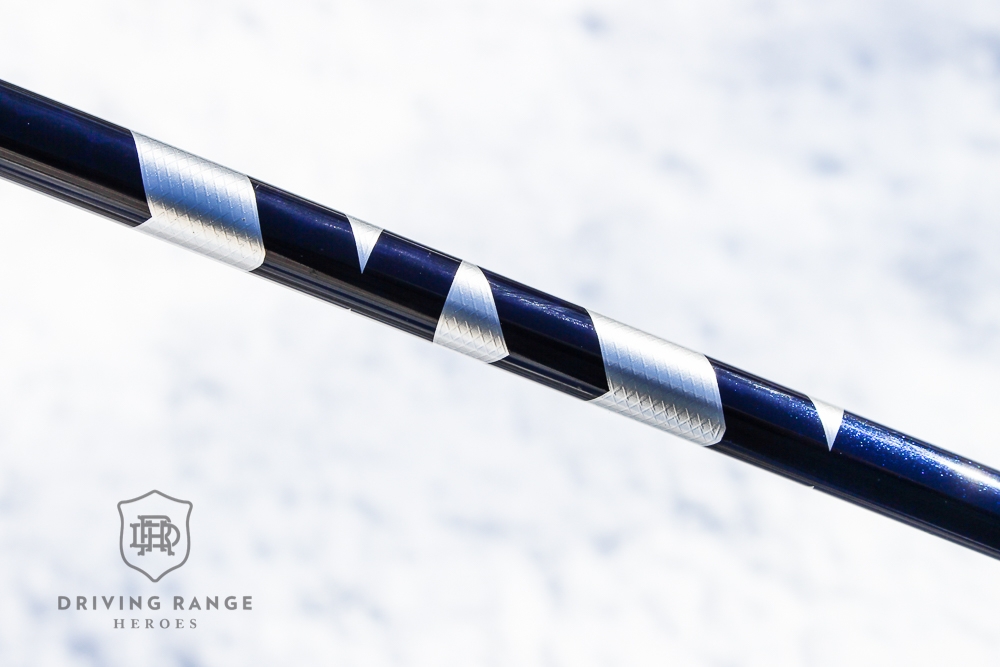
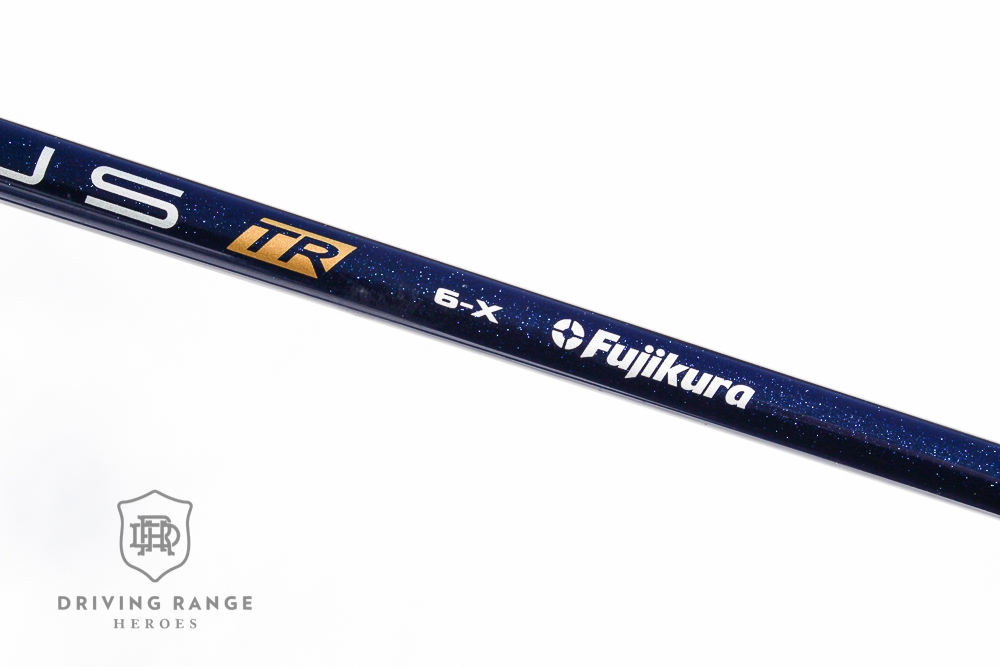

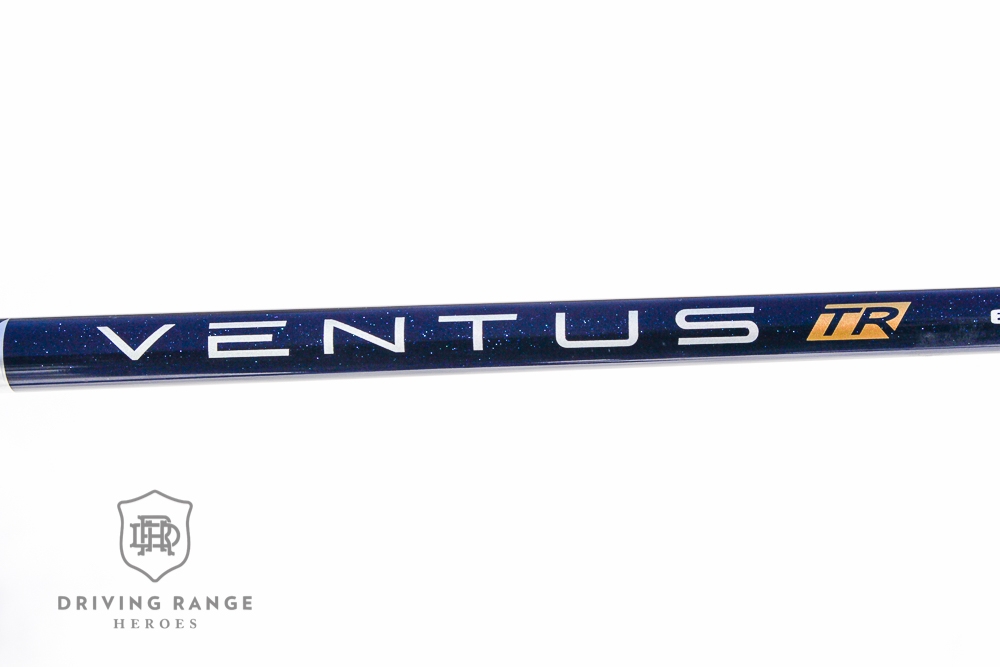
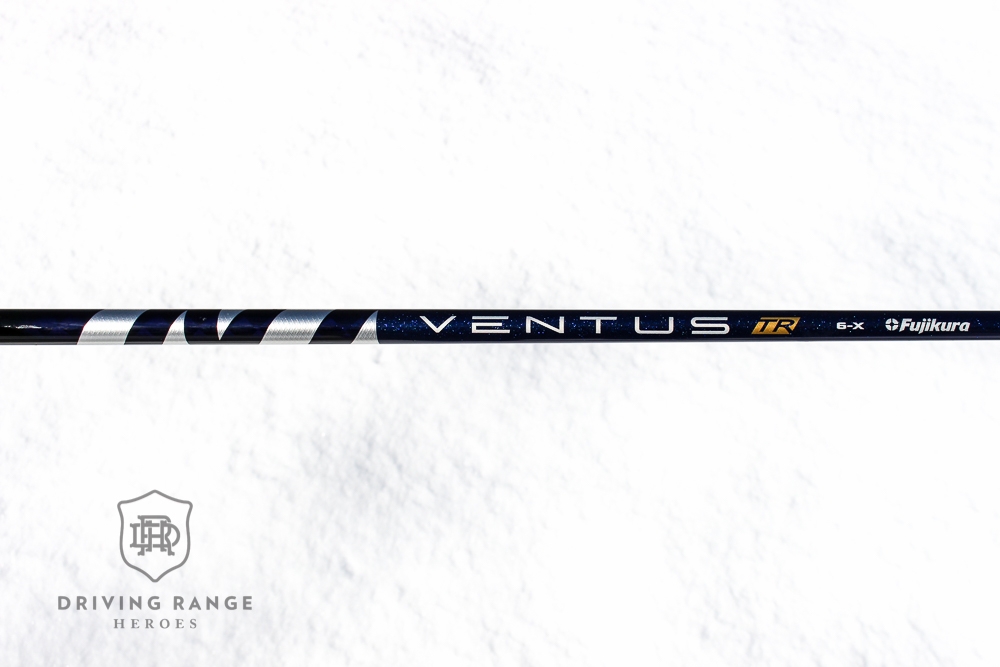


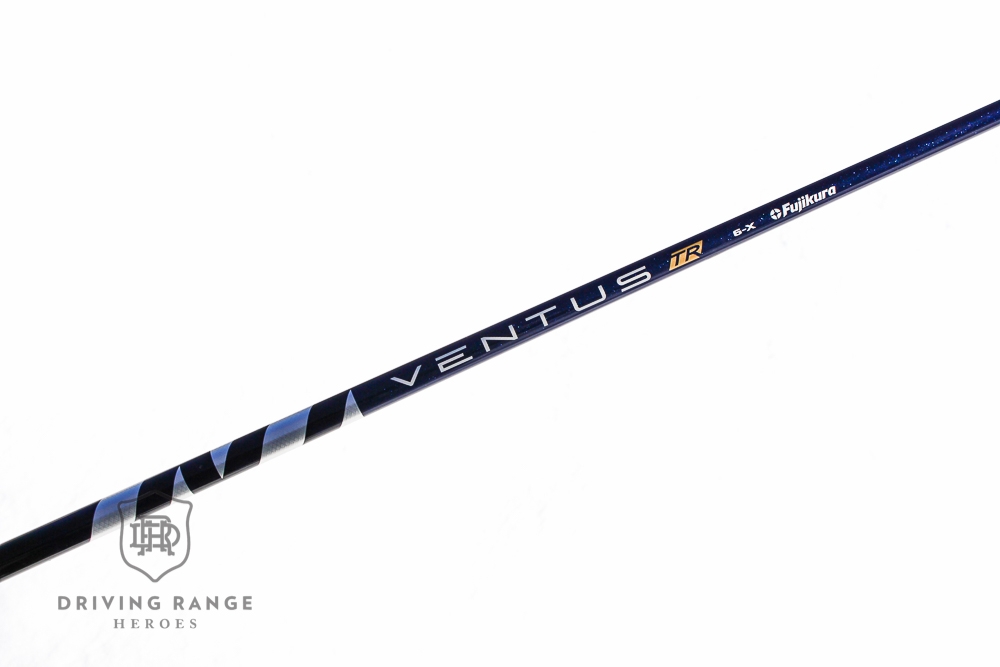
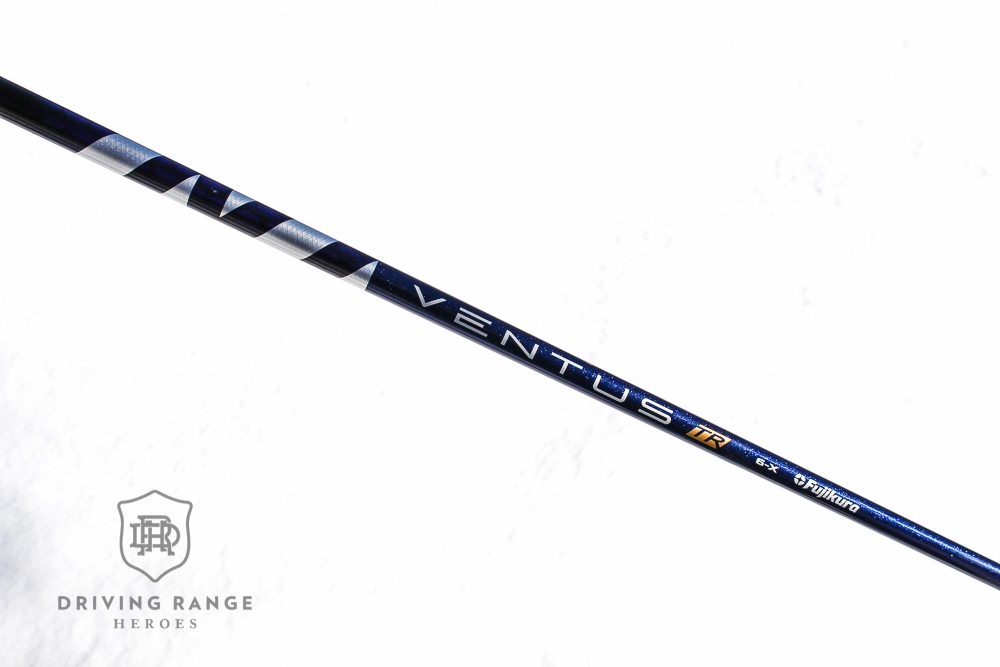

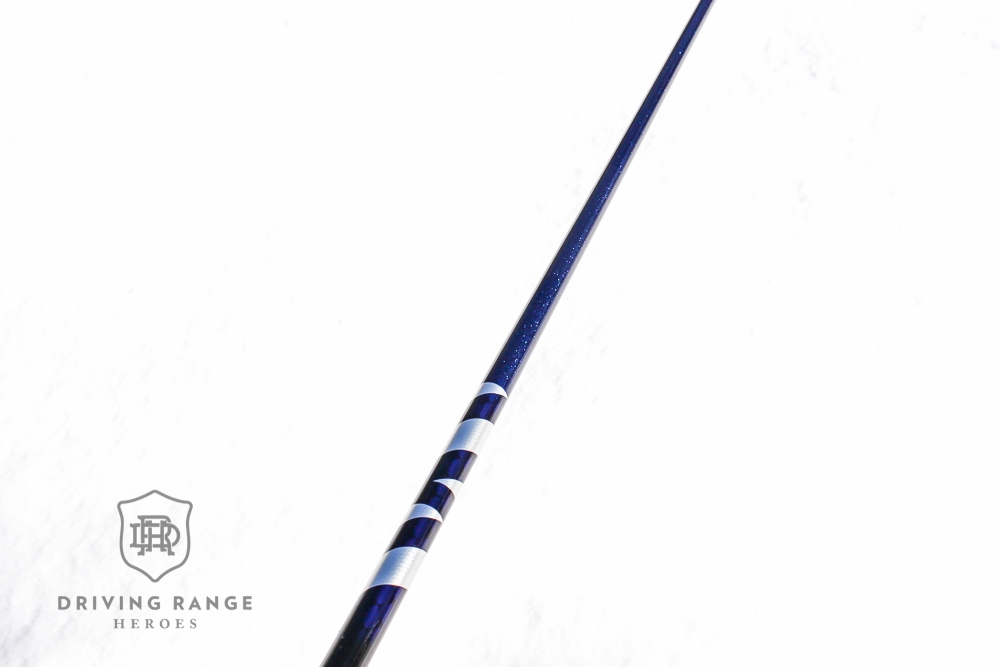
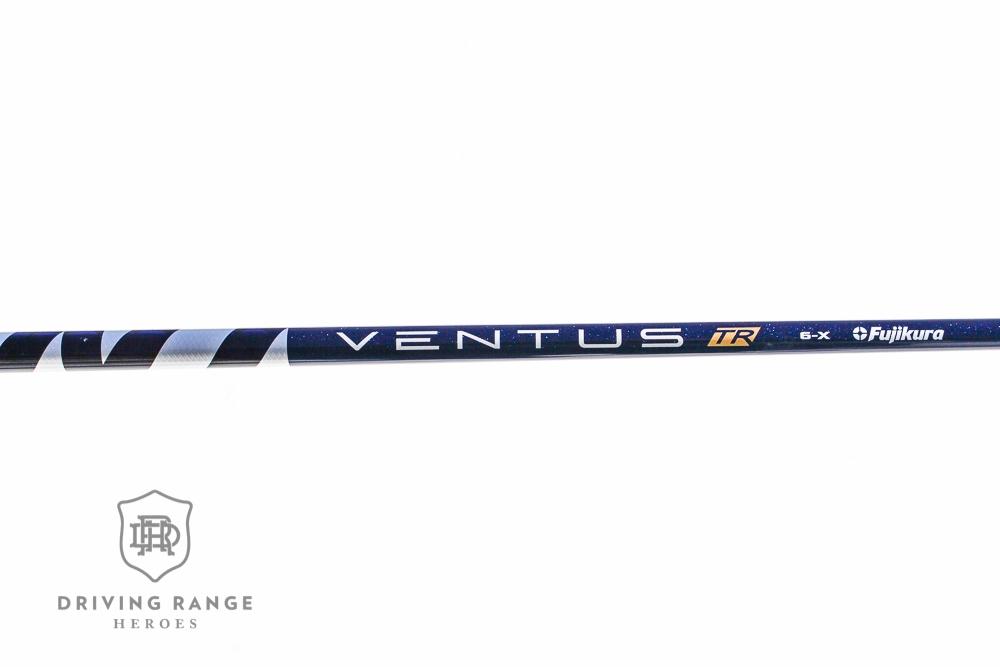

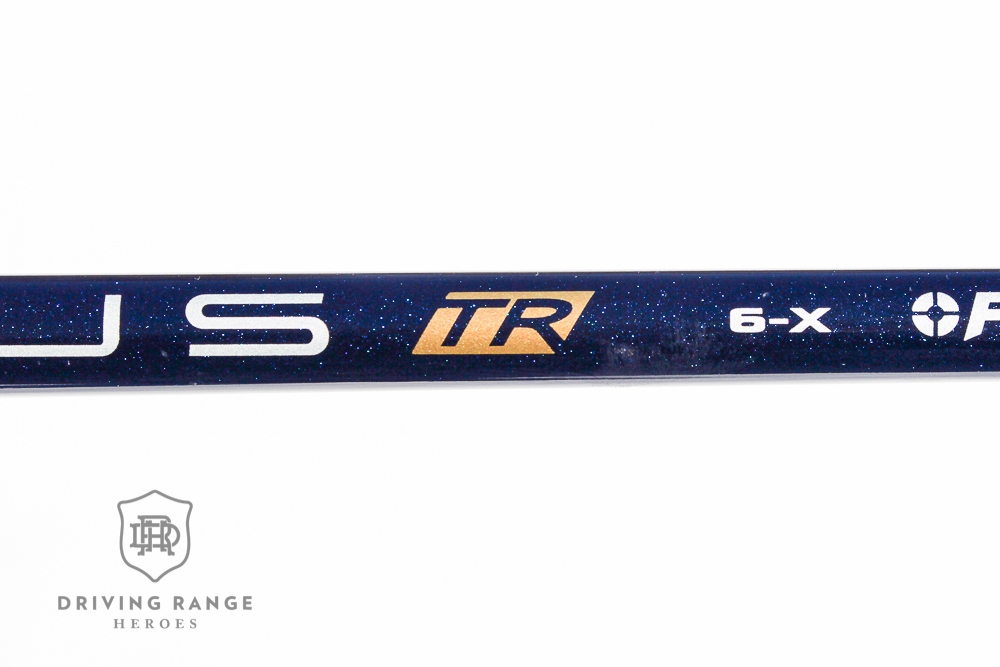
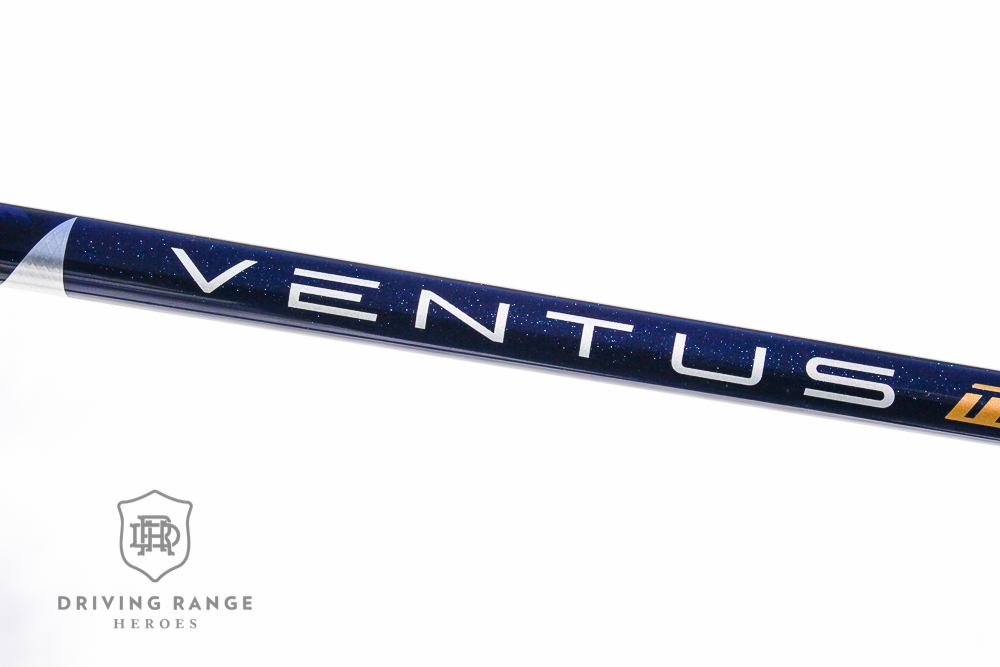
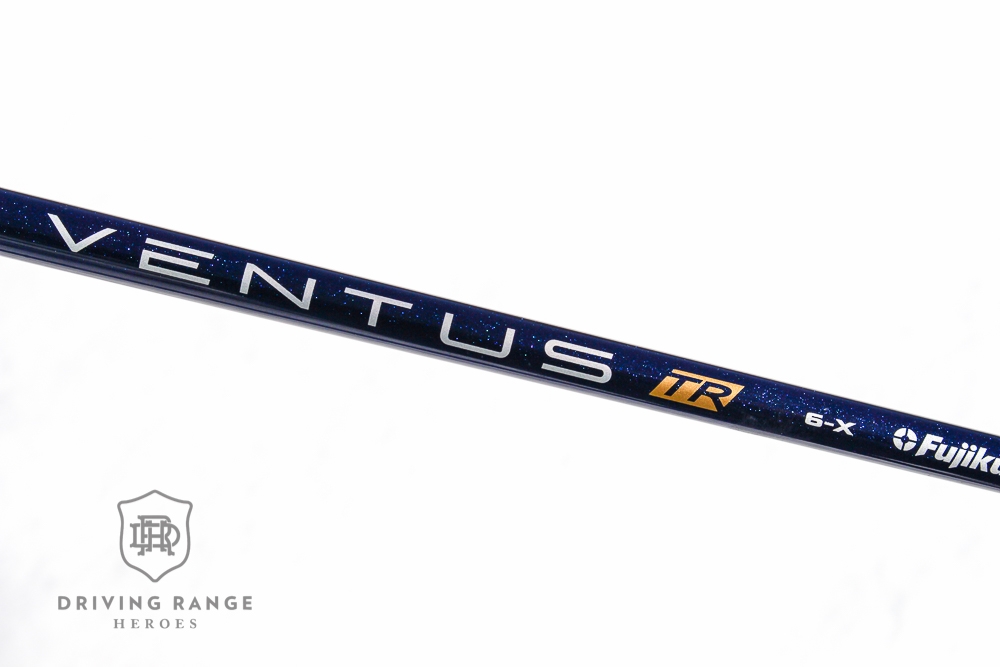
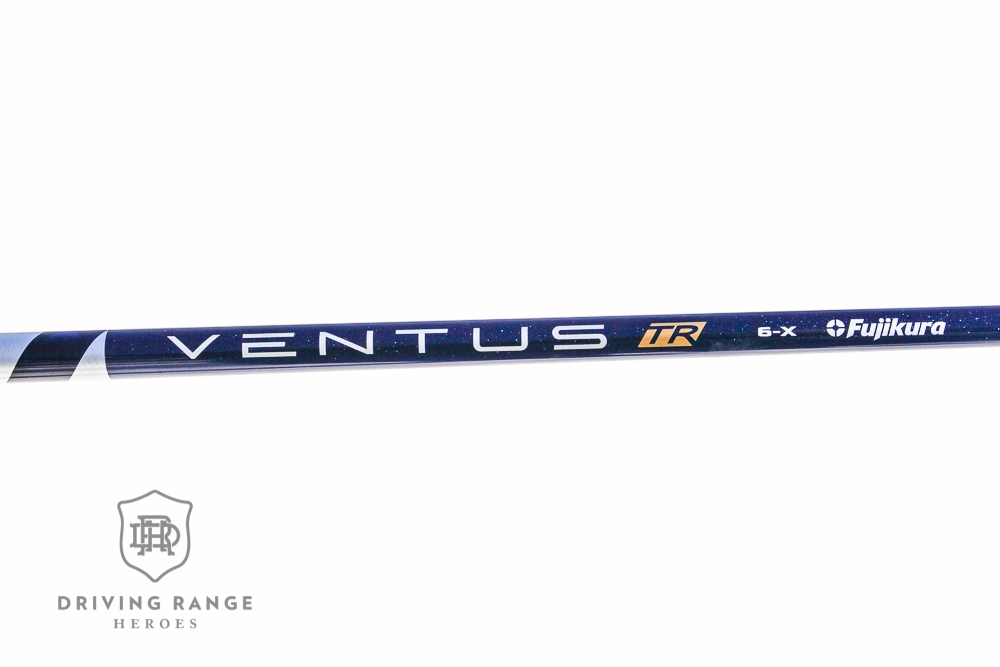

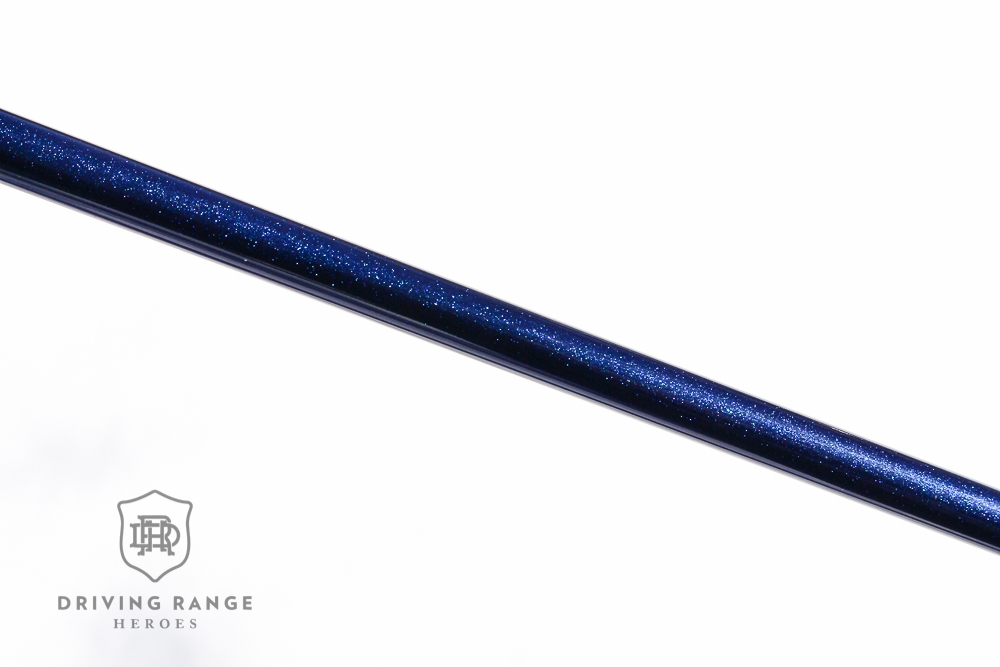

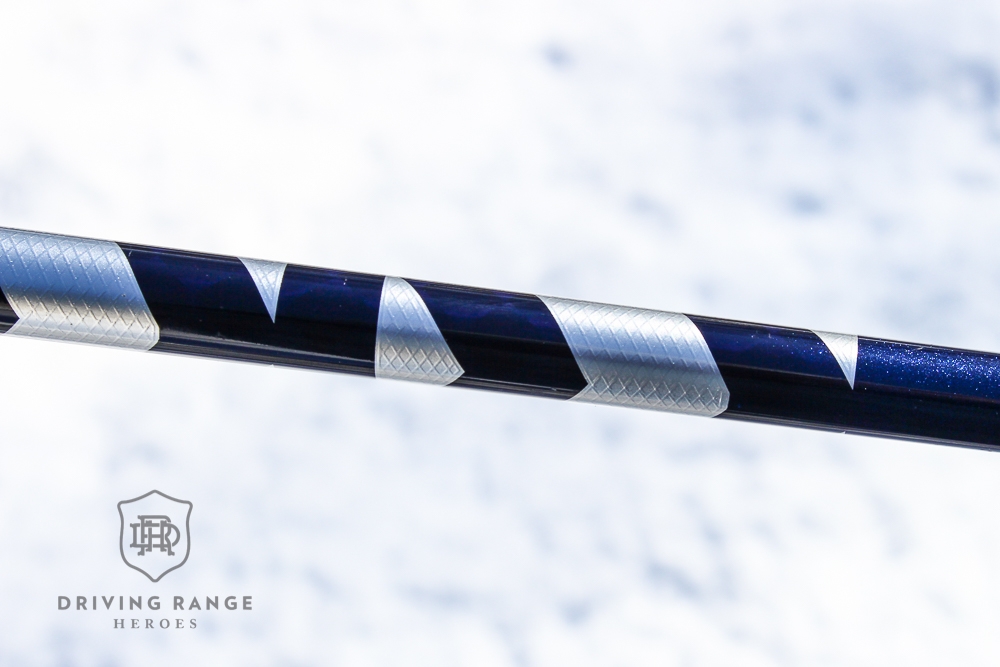
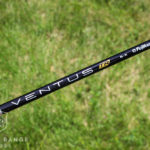
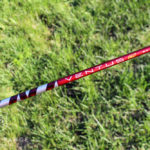
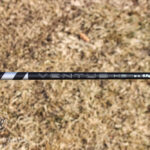












completely agree with this review. ive had mine for almost 2 months now and after the first swing I said this is the perfect shaft.
A small, subtle kick right before impact and it feels so powerful at contact. I too had problems always loading the black
Interesting, how’d you get one two months ago? They weren’t even with dealers yet. Impressive.
Who cares how soon the guy got one?
The internet golf police, of course. It’s very serious business.
Bill, great review as always. Have a C721 head which I love. SS is 105-110. Miss is big high toe hook. Gonna go up to 6X from 6S. The C721 shaft is 44.75 from grip end to adapter end. Should I butt trim only or tip trim 0.5-1 inch? Other shaft I was considering is Tour AD TP. Thoughts on that one?
Those are all questions I can’t really answer unfortunately. Your miss could be from a variety of different issues, not just shaft flex, so not sure what flex change would necessarily impact. As far as trimming, same thing. That depends on a lot of individual factors. You can always remove though, can’t put back on unless you want to use extensions. As far as shaft alternatives, the only real advice I can give is to test to see how it responds to your swing.
Hi.
When you tested the new TR, was it tipped or untipped?
I have the same swingspeed as you, and have been playing a black 6x 1″tipped. I really need to make an effort when i swing to get the desired result….
I’m not sure how much i will tipp my new TR though…
You have to remember that tipping isn’t about swing speed so much. It’s generally to achieve different flight characteristics which could be based on numerous characteristics with your own swing. Angle of attack being a big one. In my opinion, if you’re tipping a Ventus Black a whole inch, that’s where you need to start working back from. Do you have any idea what your performance will look like at .5″ tipped, or untipped?
I also wouldn’t take any of that into consideration when deciding what to do regarding tipping in a TR. It’s a totally different shaft that you don’t really have a baseline for.
Well the short answer is yes.
I have tryed 0.5″ and 1″ tipped and found both lower launch and reduced spinn with the 1″ tipped.
With the 1″ tipped and hitting up 3-5° made the diffrence…..
Still i’m intressted If the TR was tipped regarding to the “feel” of the shaft.
The feel is often quite different If you have a untipped or a 1″ tippat shaft…….
Thats is the reasond i asked!
I didn’t tip it at all.
Just hit the Stealth with the Ventus TR 7-X. Ordered the setup immediately. Absolutely loved the control I felt with it. I’ve had a Blue 7-X in my Sim, and it always felt a bit “loose”. My dispersion with the new set up decreased pretty significantly.
I put these (6-S) into my driver, 3-, and 5-wood. Twice now the shaft broke at the tip when swinging my driver (Mizuno ST-Z and ST-G). I doubt my swing speed goes much above 105.
Anyone else have issues with these shafts? I hit the ball really well with these. But I broke one driver head already, and don’t want to risk someone getting hit with a clubhead.
I haven’t had any issues with the three TRs I have. Did you build them yourself? Same epoxy each time? Also, possible you have too much space in the adapter? I’ve seen that as a recurring issue when there’s too much space between the shaft and the adapter (which is then filled by more epoxy and/or glass beads).
You should specify that this is the TR Blue.
?
I put these shafts on my tsi2 4 wpod and 7 wood and they were good shafts until they snapped. The shaft in my 7 wood only lasted 3 months then it snapped right in the middle of the shaft during a swing then the 4 wood shaft did the same thing 4 months later. When I tried to get a replacement for them Fujikura said that they are not covered under warranty because the break was not 3 inches from the butt or tip of the shaft. It’s not worth paying $350 for a shaft if it isn’t going to last longer than 7 months no matter how good the shaft feels. DO NOT buy if you want a shaft that lasts.
Was originally fitted for ventus black 6s with velocore. I’m 50 with a 95 to 98 mph swing speed 7hcp. By mid round just seemed to stiff and hard to come around. Almost to heavy. Did research on fujikura website and switched to ventus blue 5s with velocore. Much better than black, easier to come through although occasionally lose a ball in either direction on miss hits. Switched again to the same blue 5s with TR and what a difference. The mishits find the fairway. When you hit the sweet spot it’s incredible. Dispersion is definitely minimal. I highly recommend this shaft
Hi Bill,
Curious on how the Ventus TR Blue compares to the HZRDUS Black 60 4G in your opinion?
Thanks
It’s easier to launch, probably has a bit more spin to it, a touch more action. The HZRDUS Black is going to lineup more with the Ventus Black options.
Hi Bill
Can you comment on the ventus Red 60 TR stiff vs the red stock shaft
And is it appropriate for 100 mph 152 ball speed 245 carry
I can’t speak to if it’s appropriate for the couple of swing characteristics you provided, but as far as the difference goes, I’d say the Red TR launches little lower and spins a touch less than the standard Ventus Red. Will feel a bit more firm and rigid as well.
We have a review of the Red TR here.
What is the noticeable difference between the Blue TR in relation to stiff & extra stiff?
Currently my swing speed is roughly 106, working on increasing that👌🏻🤓
That’s going to be fairly subjective in terms of feel and how your own hands and body respond to it. Additionally, how the difference in flex impacts your shot will very much depend on your personal swing characteristics. So if you’re wondering what noticeable difference you’ll see beyond one taking more effort to load and release vs the other, I wouldn’t be able to say.
If you’re looking for spec measurements, Fujikura’s website says that the flex difference is about 4 flex points and the torque difference is .2.
Hi Bill!
In the spot of finding my new driver shaft and so far Ventus TR Blue/Black have been the top candidates but also know from past that RDX Blue is working out great. Based on your reviews on the site – know it always hard to do fair comparison between different periods – the RDX Blue allowed you to squeeze out a little bit more.
Any key differences between the two and reason you are now gaming the TR Blue?
Thanks!
I don’t need as much power to benefit from the TR whereas the RDX Blue doesn’t really allow me much wiggle room in terms of speed and tempo.